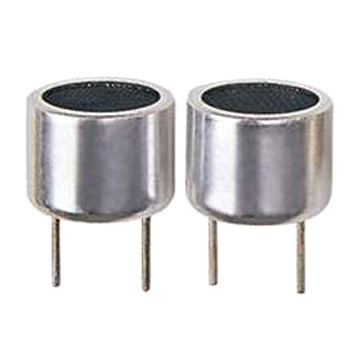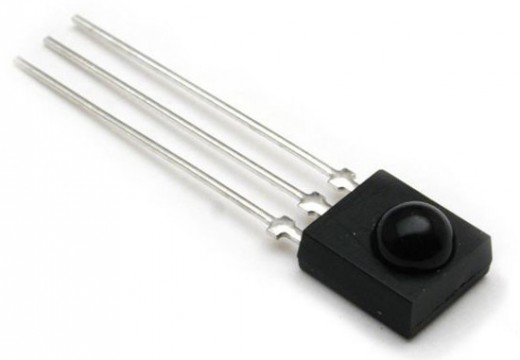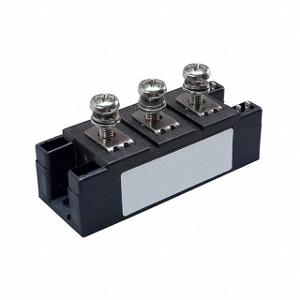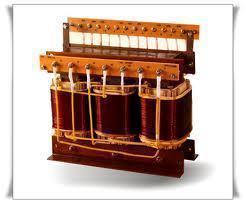An ultrasonic sensor is a device that works in much the same way as RADAR and SONAR. In fact, ultrasonic sensors mimic bats and other animals’ natural ability to use ultrasonic frequencies for navigation. Ultrasonic sensors broadcast a powerful, ultrasonic frequency, then detect the ultrasonic sound waves as they bounce off of objects and return to the sensor. They are almost always used to measure speed or direction and are very efficient at determining position.
How Ultrasonic Sensors Work
Ultrasonic sensors depend on two separate devices: an ultrasonic transducer and a detector. An ultrasonic transducer is any device that converts energy into an ultrasonic frequency. Though dog whistles and several other devices can convert mechanical energy into an ultrasonic frequency, ultrasonic transducers are usually made from piezoelectric crystals that can change size when a voltage is applied to them. When an alternating current is applied to a piezoelectric crystal, it vibrates extremely fast and produces an ultrasonic sound wave. The detector is also made of a piezoelectric crystal, but produces a voltage when an ultrasonic frequency comes in contact with it, effectively producing the opposite results. A sensor calculates the time that it takes in between broadcasting the ultrasonic frequency and receiving the incoming waves.
Applications
Ultrasonic sensors have many uses, but typically involve measuring speed, distance, or volume. They are used in navigation to determine the device and user’s location. Ultrasonic sensors detect wind speed and direction, and determine how much liquid is in a container by measuring the distance from the top of the container to the surface of the liquid. They are also used in humidifiers, burglar alarms, medical ultrasonography, and some forms of testing.
Advantages
Ultrasonic sensors produce ultrasonic frequencies that humans cannot hear, making them ideal for quiet environments. They do not use much electricity, are simple in design, and are relatively inexpensive. Some piezoelectric crystals transmit and receive ultrasonic sound waves. Likewise, ultrasonic sensors can be used with both radio and sound waves.
Disadvantages
Ultrasonic sensors do not have many disadvantages, but are limited in their capabilities. For example, density, consistency, and material can distort an ultrasonic sensor’s readings.




Follow Us!